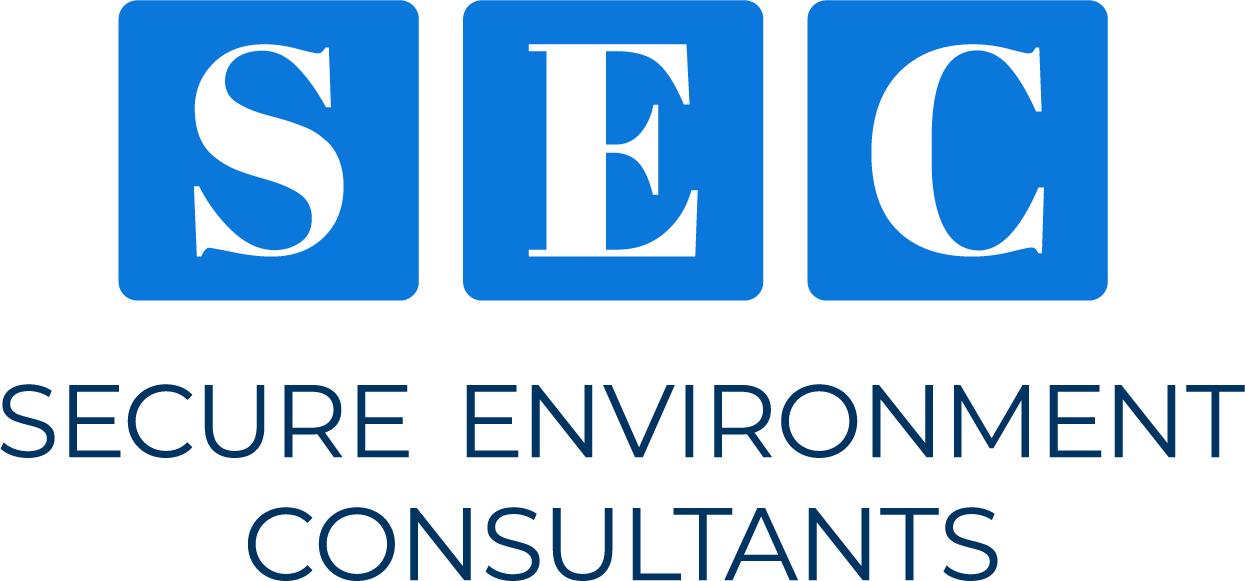
Building a business takes years of time, money, and effort, but one emergency can change everything. If a crisis happened tomorrow, ask yourself, would you be ready?
Knowing your risks and having a plan in place to protect life, property and equipment should be a key component of your business plan. When a spill, leak, or natural disaster strikes, you can mitigate damage by being prepared with a corporate emergency response plan.
Think of your Emergency Response Plan as your roadmap through a crisis or disaster. This roadmap should explain what risks you may face, resources you may need, and how you will ensure and account for the safety of employees, building and equipment.
Depending on the size of your company, you may need to write down your plan or ensure verbally that employees are aware of procedures. Everyone in the company should understand that life is your most important asset, and job one is protecting it through the implementation of emergency procedures.
What should you include in an emergency response plan?
Your plan should include an overview of all potential hazards in your workplace. While it should be comprehensive in nature, it must also be easy to locate, read and understand if a crisis or emergency were to occur. Be sure to include employee roles and responsibilities during an emergency, contact information, how to sound an alarm and escape routes and exits. According to the OSHA minimum requirements for workplaces, your plan must include the following:
- How to report a fire or other emergency.
- Emergency evacuation procedure, including how you will account for all employees after evacuating.
- Procedures for employees performing rescue or medical duties.
- Name and title of employees who can be contacted for more information about the plan.
While having a plan in place is required and essential for preserving life, training on the plan is the most important step. Trainings should not scare employees; rather, they serve as a tool to empower them on how to respond in the moment of crisis. Trainings should be provided multiple times throughout the year. SEC recommends providing multi-hazard trainings, not just active shooter trainings, and trainings that can evolve over time, such as table-top scenario based trainings.
How do you get started?
First, you need to identify and describe all potential hazards and risks that your company could face from both internal or external threats. Every organization has threats and they are unique in nature. These can include, but are not limited to weather conditions, local surroundings or location, nature of your operations, visitors, family members, former employees or medical emergencies. SEC can help provide an external diagnostic tool to help you identify these risks and prioritize your most important action steps. This is called a site assessment.
Next, consider what resources are available to your organization. Is your staff first aid or CPR certified? Do you have an AED onsite or do you have emergency supply kits on hand? Knowing the answers to these questions before an emergency happens can impact your reaction time and the ability to save life and property. Work with your local emergency service personnel to understand their response time to your location.
SEC provides organizations with a digital emergency response plan template, which allows you and your team to input specific language and procedures that are relevant to your most critical risks. Within the digital plan template, we include two hours of consulting, to help you customize the template to each building and emergency response procedures.
Once your emergency response plan is complete, it is critical to instill a culture of ongoing training and drills for your employees. A time of crisis should not be the first time staff enact your plan. Be sure to distribute your plan to all employees and post in a place where all employees have access to it, like a common area or break room.
Remember, plans change over time and you will need to review the procedures with employees each time the plan is updated.
